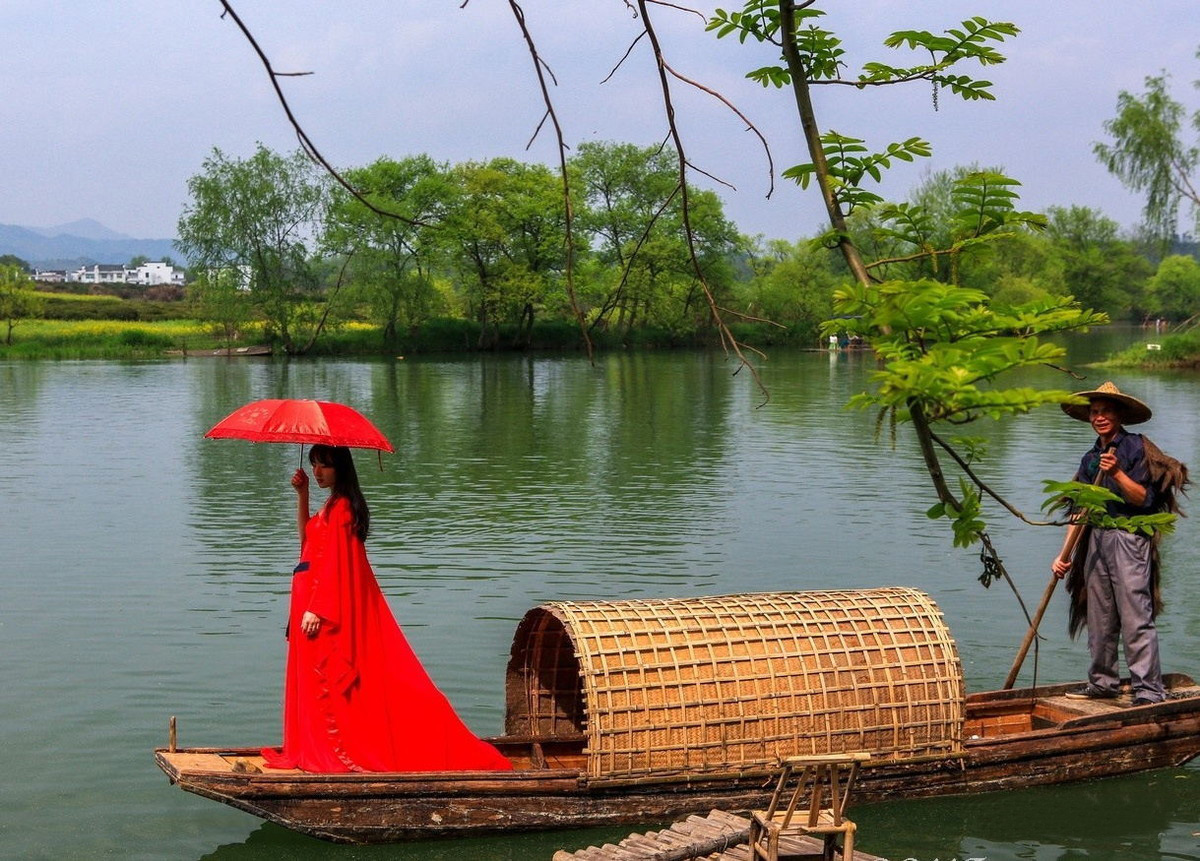Jiangxi Province
Located on the south bank of the middle and lower reaches of the Yangtze River, east to Zhejiang and Fujian, and south to Guangdong. The terrain of Jiangxi Province is dominated by hills and mountains, with a total area of 166,900 square kilometers. The largest river in the territory is the Gan River, a tributary of the Yangtze River, which runs through the entire territory from south to north and is injected into Poyang Lake, China’s largest freshwater lake.
At the end of 2019, the population was 46.66 million. Jiangxi has a superior geographical location and convenient transportation, and it is known as the country of fish and rice in Jiangnan.
There are 11 cities in Jiangxi Province and Nanchang, the capital of the province. The population in 2019 was 46.661 million, and the population in 2009 was 42.22 million. The GDP in 2019 was 2475.75 billion yuan, ranking 16th in the country, and the GDP in 2009 was 532.3 billion yuan.
Hometown of Nonferrous Metals
With abundant reserves of copper, tungsten, uranium, tantalum, rare earth, gold and silver, it is one of the largest copper industrial bases in Asia, including “World Tungsten Capital“, “Rare Earth Kingdom“, “China Copper Capital” and “Hometown of Nonferrous Metals” “Reputation.
Ferromanganese production accounts for about half of the country, and it is also an important rare earth production place in southern China. The porcelain in Jingdezhen is famous all over the world, and the world’s largest solar cell factory is also in Jiangxi Province.
Agricultural Industries
Jiangxi is one of the important rice-producing areas of Jiangnan in China, an orange and tobacco production base, and one of the important wood and bamboo production areas in southeast China.

